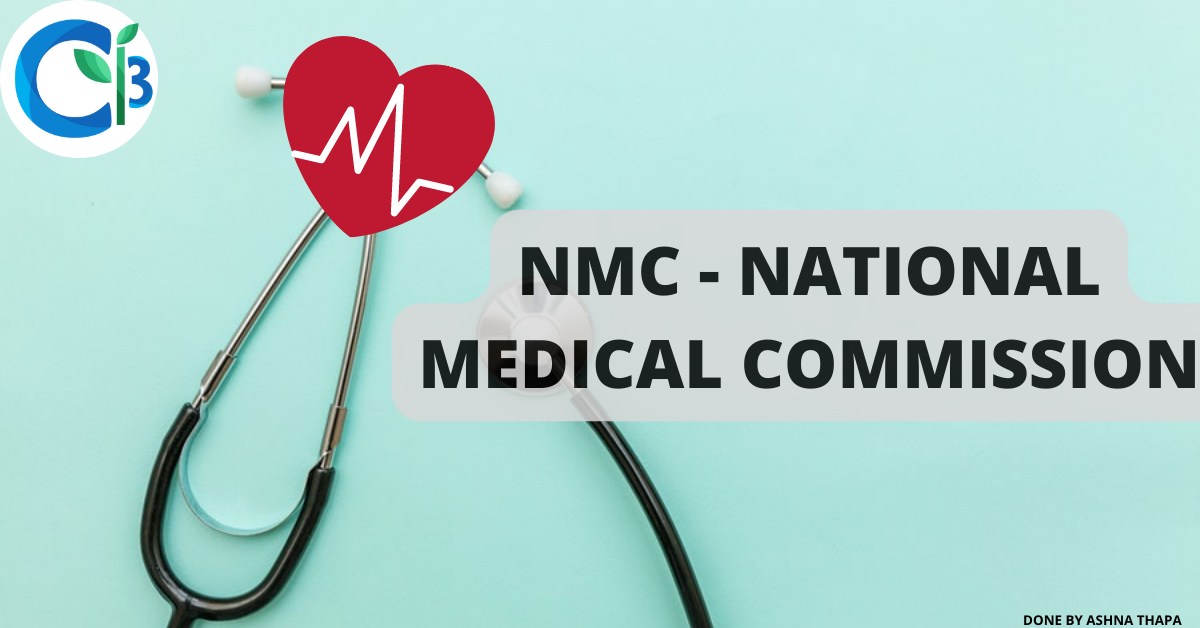The Medical Assessment and Rating Board (MARB) of the National Medical Commission (NMC) has meticulously outlined a comprehensive application process for the academic year 2024-2025, focusing on the initiation and expansion of Postgraduate (PG) Medical and Super Specialty courses. This development signifies a pivotal moment in enhancing the quality and accessibility of medical education in India.
The MARB received an overwhelming response, with a total of 1,675 applications, which included 1,010 applications for starting new PG courses and 665 applications for increasing PG seats in existing medical colleges. This remarkable influx underscores the growing demand for advanced medical education and the need for a robust framework to evaluate and approve these requests efficiently.
The evaluation process adopted by the MARB is stringent and thorough, ensuring that only institutions that meet the highest standards of medical education are approved. The process involves several critical steps, starting with the detailed scrutiny of applications based on the “Establishment of medical institutions, assessment and rating regulations, 2023,” the “PG-Medical Education Regulation 2000,” and specific criteria mentioned in the public notice dated 16th August 2023 on the NMC website.
Step 1: Scrutiny of Applications
The initial step involves a multi-level evaluation of all applications, focusing on essential parameters such as the Essentiality Certificate (EC), Consent of Affiliation (CoA), application fees, bank guarantee, relevant letters indicating the status of MBBS courses, and AEBAS data reports. This rigorous scrutiny ensures that only those institutions that fulfill the required criteria proceed to the next phase.
Step 2: AEBAS and Compliance Submission
Successful institutions are then instructed to submit a comprehensive compliance report, including a sworn affidavit and a self-assessment form, signed by key personnel such as the Dean, Principal, and the Head of the Department. Institutions failing to meet the criteria are issued a Show Cause Notice (SCN) to rectify deficiencies and reassess the requested number of seats, ensuring adherence to the PG-Medical Education Regulation 2000.
Step 3: Review of Compliance Report and Additional Documents
The third step involves the submission of the compliance report, self-assessment form, and AEBAS data for review by experts. This critical evaluation ensures that all deficiencies are addressed, and institutions meet the stringent standards set forth by the MARB. The expert committee’s recommendations play a crucial role in the final decision-making process.
Step 4: Final Decision
Based on the comprehensive review, the MARB communicates its decision, issuing a Letter of Permission (LOP) to eligible institutions. Those failing to meet the standards are provided an opportunity to submit a compliance report, ensuring that all institutions have a fair chance to rectify deficiencies.
Step 5: Publication of Results
In the spirit of transparency and accountability, the MARB publishes the annual assessment results and ratings of medical colleges on its website, facilitating public understanding and ensuring that stakeholders are well-informed about the quality of medical education across institutions.
This detailed application process by the MARB for the academic year 2024-2025 is a significant step towards enhancing the quality and accessibility of PG medical education in India. By establishing stringent evaluation criteria and a transparent review process, the NMC aims to elevate the standards of medical education, ensuring that future medical professionals are well-equipped to meet the challenges of the healthcare industry.
